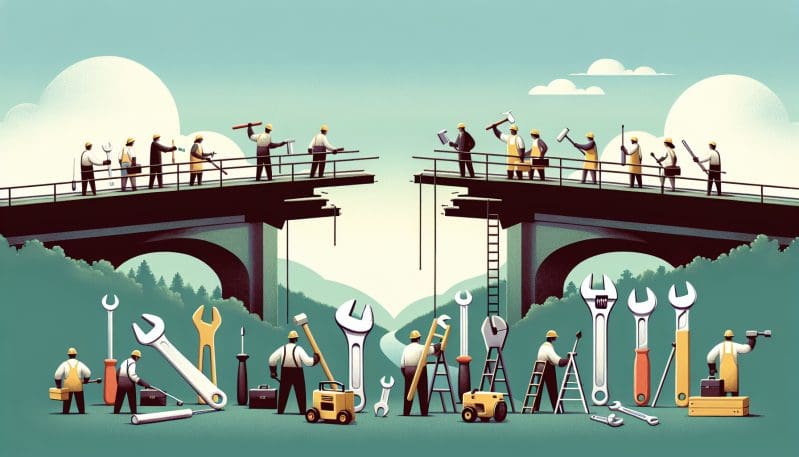Bridging the Skills Gap: Are Today’s Workers Equipped for the Job Markets of Tomorrow?
- Home
- Bridging the Skills Gap: Are Today’s Workers Equipped for the Job Markets of Tomorrow?

- Editors Desk
- March 19, 2024
- 0 Comments
As we stand on the cusp of a new decade, the landscape of the working world bears little resemblance to that of yesteryears. Swift advancements in technology and globalization have recalibrated the gears that drive the global economy, resulting in a transformative impact on industries, employers, and employees alike. This evolution has ushered in a phenomenon that is as promising as it is perplexing—the widening skills gap.
The skills gap is the chasm between the skills that employers seek and the skills that job seekers possess. It’s a gap that is expanding, creating significant hurdles for companies seeking to harness new technologies and for workers striving to remain relevant in an ever-shifting job market.
For employees, the implications of a growing skills gap are manifold. There’s a very real risk of becoming obsolete as newer technologies, and processes become the norm. The continuous game of catch-up can be daunting, and without targeted re-skilling, many workers find themselves sidelined, unable to tap into new opportunities that the modern economy presents.
Employers, on the other hand, face the dilemma of scouting for a workforce that is already trained in the latest technologies and methods. This challenge is often compounded by a labor market that is mismatched to their needs. Productivity takes a hit when roles remain unfilled, or when the current workforce fails to meet the technical demands of new industry standards.
The role of continuous education in a modern career trajectory cannot be overstated. It’s no longer enough to ride the momentum of an initial diploma or degree. Lifelong learning is the new norm for a sustainable career. Yet, the effectiveness of current corporate training programs is a mixed bag. While some companies have robust learning and development strategies, others lag behind, offering perfunctory training that barely scratches the surface of deep learning needs.
Government education policies play a critical role here. They can either pave the way for an adaptive, skilled workforce, or they can contribute to a deepening divide. Innovative policies that encourage partnerships with tech companies, offer tax incentives for continued education, and fund community training initiatives are needed to ensure national workforces don’t fall behind.
Individual proactive strategies are equally important. Workers must take ownership of their career development, seeking out resources for updating their skillsets and embracing a mindset of growth and adaptability.
At the intersection of this complex scenario lies an even more critical issue—diversity and inclusion. While the skills gap is a universal challenge, not all demographics have equal access to opportunities for skill development. Historically marginalized groups often face additional barriers, including limited access to education, bias in hiring, and unequal growth opportunities within organizations.
Companies must shoulder a significant portion of the responsibility in ensuring their workforce is adequately prepared for the shifts in job market demands. This includes creating inclusive training programs that cater to a diverse cross-section of employees, paying special attention to underrepresented groups to ensure that everyone has the resources they need to succeed.
As we contemplate the future of work, the need for a concerted, multifaceted approach to bridging the skills gap becomes increasingly clear. Companies, governments, and individuals must work in harmony to create a workforce that is agile, diverse, and well-equipped to handle the challenges of tomorrow’s job market. The question remains, will we rise to meet these challenges, or will we allow the gap to widen further, to the detriment of workers and industries alike?
